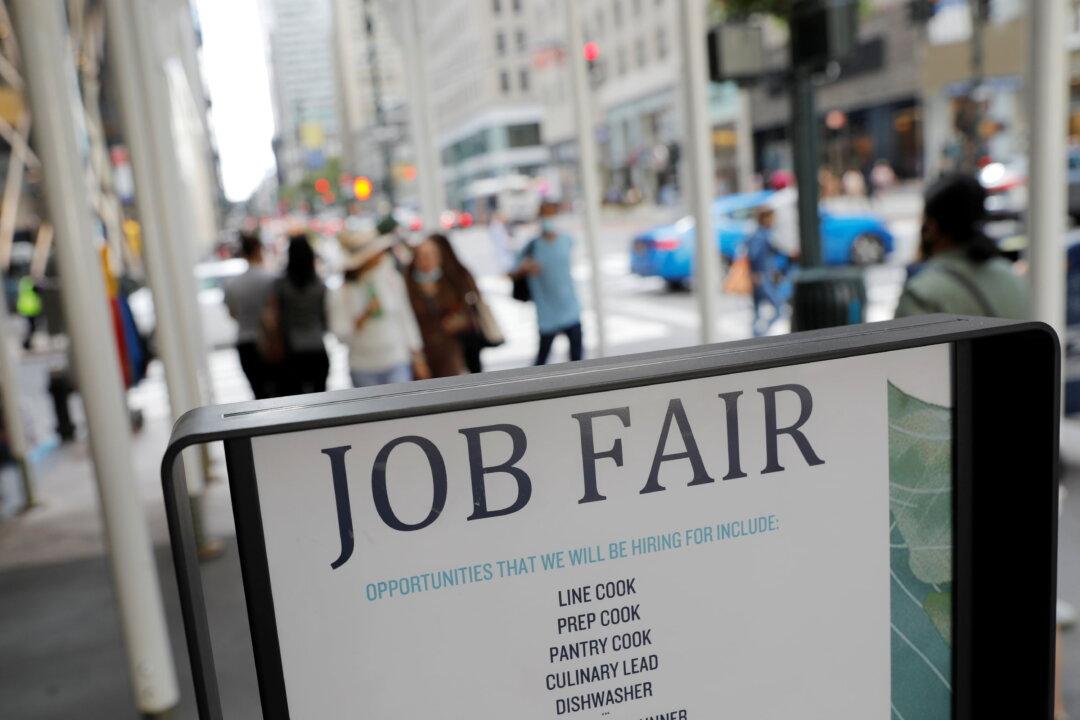Commentary
Not too long ago, talk of recession dominated the financial headlines. Much of the flow of economic information still points in that direction.

Not too long ago, talk of recession dominated the financial headlines. Much of the flow of economic information still points in that direction.